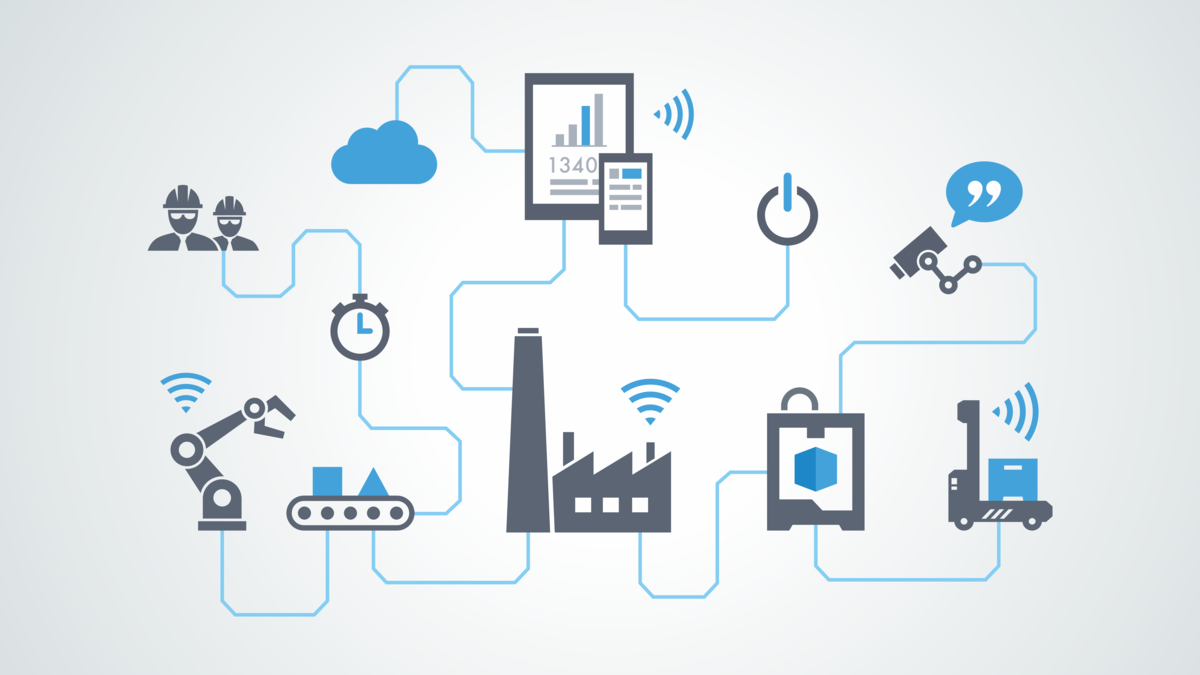In this three-part blog series, we'd like to illustrate the role that knowledge networks – sometimes also called semantic networks – can play in informational concepts. In the first part of this blog series we demonstrated why knowledge networks are more suitable for mapping complex knowledge contexts than conventional metadata models. What use cases can look like specifically for service and user information is what this second part is about.
Worst Case: At a food production facility all lines are at a standstill. A perplexed production staff and an angry production management. In the control centre, the operating technician sees the message "Sensor 5711 in Pump Unit 1 and 2 reports: Error 125: Oil level too low". The message itself is not very meaningful, but the operating technician knows: The two pumps supply the water cooling. If they fail, the system shuts down. Now it has to go fast.
The operating technician reaches for the shelf behind him, pulls the operating instructions for the pump units from the shelf and opens the table of contents. The “Malfunctions” chapter sounds promising. Two pages of safety instructions and four pages of the fault table – but not a word about the oil level being too low – make you unhappy. Next attempt: The table of contents contains descriptive chapters for various sensors. Could "Oil level sensor" have something to do with the "Oil level too low” message? Bingo! The description clarifies that a warning already exists at the 90% level and that the pump unit switches off automatically at the 75% level – the operating technician shoots the system operator a look of disdain. The direct resolution would probably have been supplied in the "Touch Panel Messages" chapter. The solution is a gear oil change. The relevant chapter is opened and the operating technician sets off to remedy the cause of the error.
What would the result look like in a Content Delivery Portal (CDP) with a knowledge network? The operating technician enters the error message into the CDP of the pump manufacturer. Both the error and the error description are displayed: "The minimum level of the gear oil in the rolling bearing has fallen below 75%." The operating technician can display and see the message in the knowledge network: This error message is solved by the instruction "Change gear oil". The information search has been completed.
Of course, other solutions could also be conceivable for this use case. The control system could have displayed not only the problem, but also the solution. With better navigation, the operating technician might have found the appropriate table in the operating manual straight away. It's essential that various different relationships can be described in knowledge networks. The operating technician might also be able to see which sensor has registered this error, to which module the sensor belongs, or how much time is allocated to remedy the error. If these connections become visible, users can research information and correlations a lot more easily.
The units of information can also be inserted or removed more easily if they're organised in a flexible knowledge network, instead of in a purely hierarchical metadata concept. This also makes it easier to integrate information from various other data sources and with other metadata. Information from different systems can be included without the need for a standardised (enterprise-wide) metadata concept. Using such a database, predictive maintenance approaches can be effectively supported. If, for example, the sensor 5711 reports that the oil level has dropped below 90%, the control system could notify the operating technician directly and thus prevent a system failure at a much earlier stage.
The fact that metadata and relationships describe the connections between the units of information doesn't only help the human observer. Thinking even further into the future, knowledge networks could also be used directly to provide artificial intelligence with the database and relationship knowledge that would otherwise be difficult for it to acquire independently – think back to the art-based example from the first blog of this series. At least search algorithms can become more accurate and help to cope with the flood of information.
Once the relevant use cases have been identified, knowledge networks can then be developed to generate tangible added value when searching for information. Concepts such as information-push applications and digital business models can also be based on such information models.

